OVERVIEW OF QUESTIONS AND ANSWERS SERIES
July to December 2010
| July | August | September | October | November | December |
July 2010
July 2010 (Part 1)
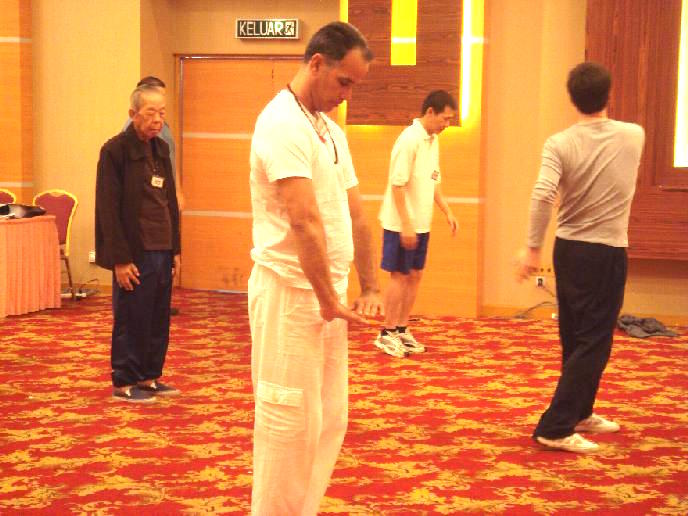
We aspire to the ideals of scholar-warriors and warrior-monks. A scholar-warrior is a great fighter but he is kind and elegant, not brutal and aggressive. He is also well-versed in the scholarly arts. A warrior-monk is a scholar-warrior who also has great compassion and cosmic wisdom.
Click here to enter.
July 2010 (Part 2)
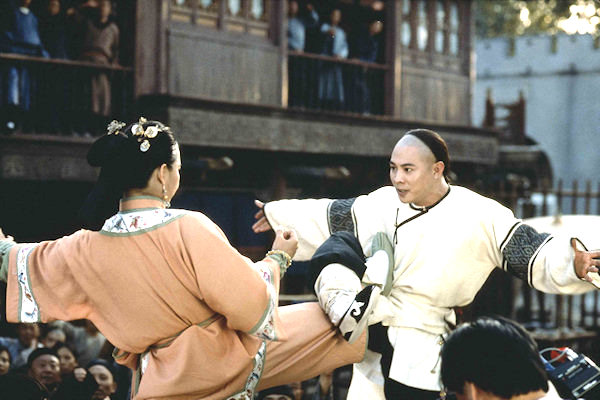
Loi Lou Fu was a great fighter. He was massive and ferocious but killed with a single punch by Fong Sai Yoke, a young boy of fifteen. The young boy was defeated by a young elegant lady, Li Siu Wan, who in turn was defeated by an older lady, Miu Chooi Fa. Miu Chooi Fa knew she was no match against an elderly man, Li Pa San, who in turn knew he was no match against an even older lady, Ng Mooi.
Click here to enter.
July 2010 (Part 3)
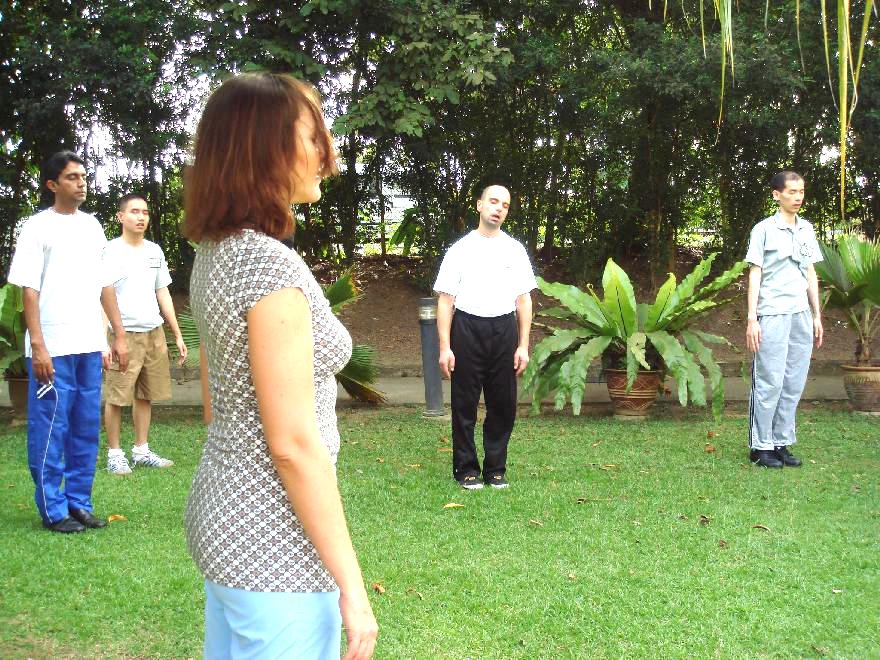
A "chi kung state of mind" is a modern term. In classical times it was called "entering Zen", "entering Tao" or "entering Silence". The Western equivalent term is a "heightened level of consciousness".
Click here to enter.
August 2010
August 2010 (Part 1)
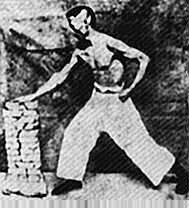
A gang fight where you are ambushed by armed attackers is very different from a modern martial art competition where safety rules apply. One is a matter of life and death, the other is a sport. In a gang fight, it is fight and flight, where your main concern is to get out of it alive. In a modern martial art competition, it is fight and fight, and your main concern is to win, despite sustaining serious injuries.
Click here to enter.
August 2010 (Part 2)
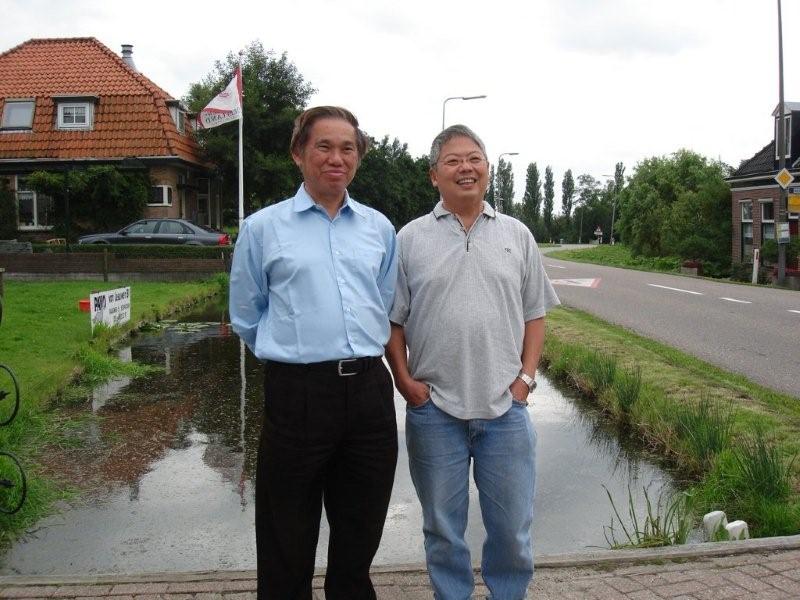
For us who practice chi kung regularly, it is easy to tell not only whether a person is sick because of his chi stagnation but also whether a person's chi is stronger than that of another person. We can also tell many other things about his combat ability, like whether he has internal force, what techniques he is likely to use, whether he is a rough straigh-forward fighter or a subtle, cunning opponent.
Click here to enter.
August 2010 (Part 3)
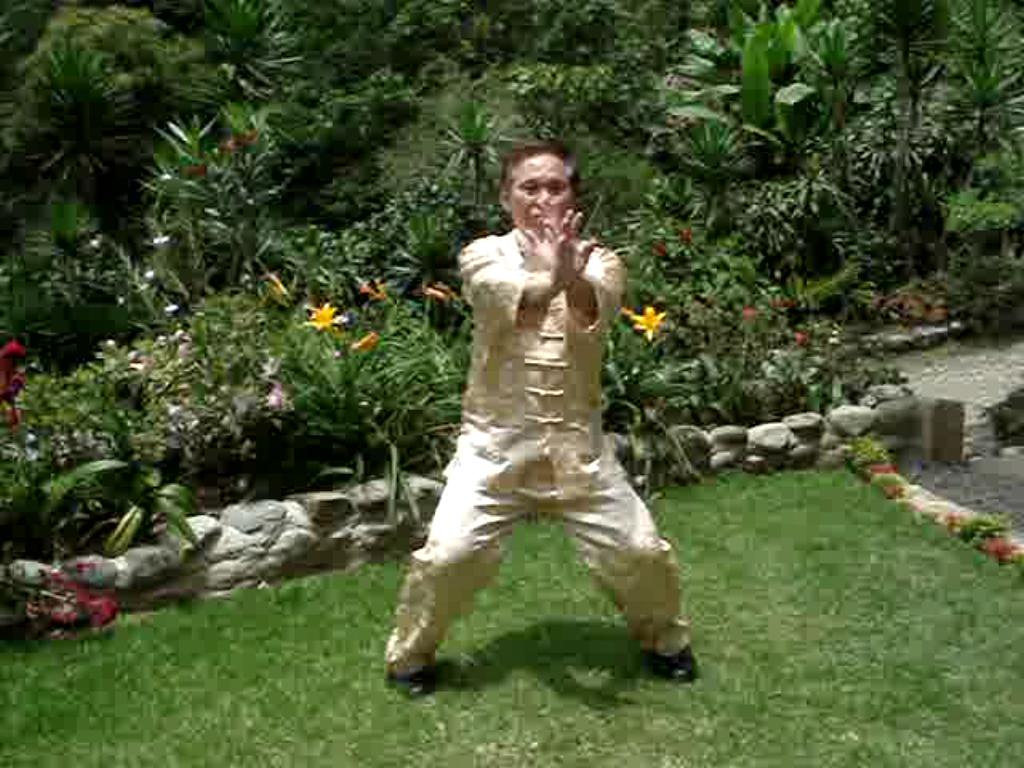
In Choe Family Wing Choon, for example, the eagle-claw and the sword-finger are also found, indicating that chin-na and dim mark are also employed in Wing Choon. Wing Choon practitioners would be pleased to know that there is more in Wing Choon than what they initially thought.
Click here to enter.
September 2010
September 2010 (Part 1)
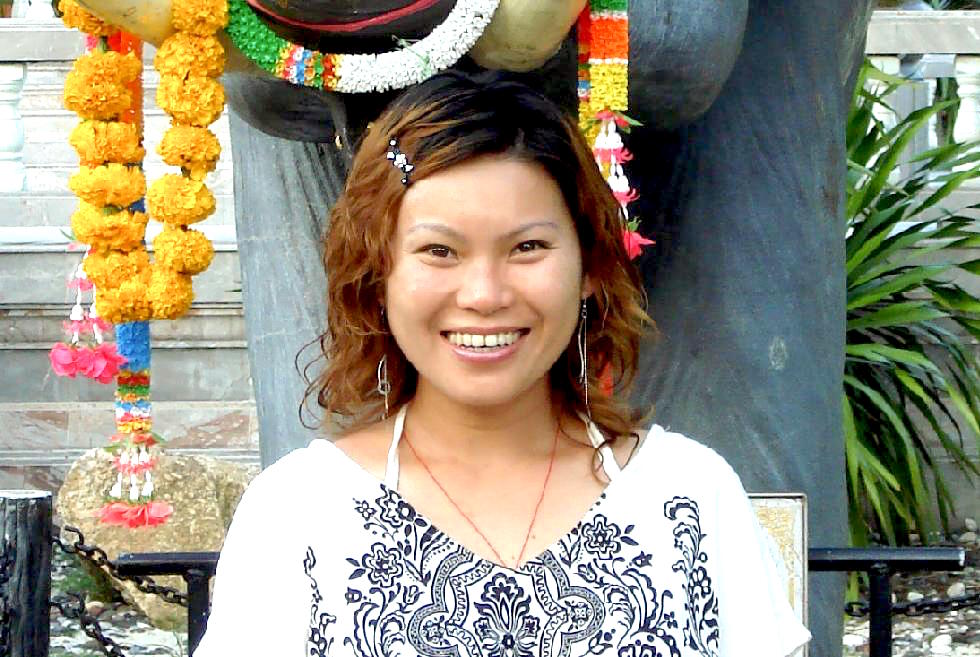
Our training has made me and those in our school very optimistic. Not only we wholesomlely enjoy the present, we forgive the wrongs that others may have done to us in the past and look towards the future with hopes and aspirations. If we feel we have wronged oursellves, we forgive ourselves
Click here to enter.
September 2010 (Part 2)
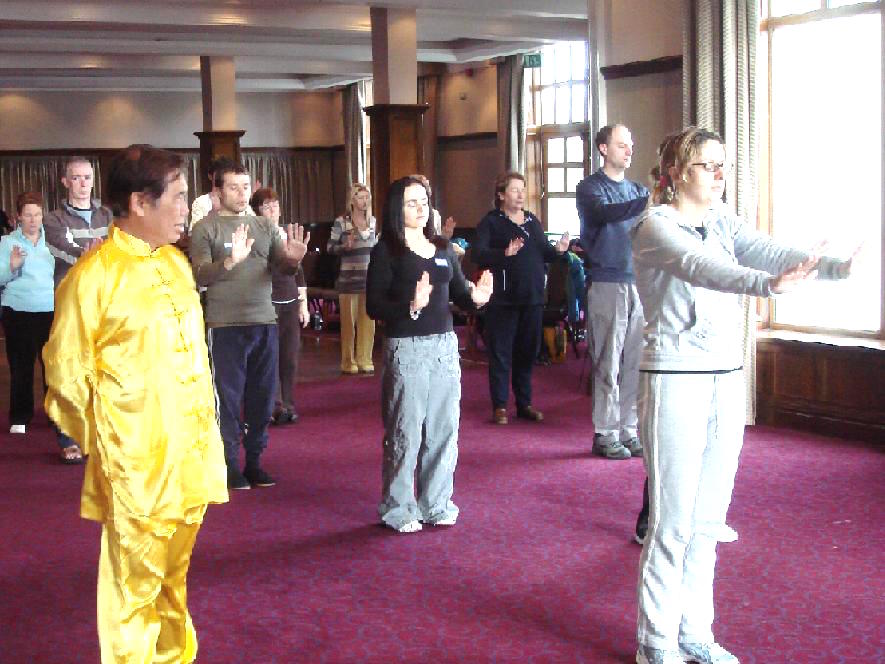
If you treat your older and weaker students as old and weak, they will remain old and weak. Tell them to become young and strong, despite their age and infirm condition. Of course they do not become young and strong over-night, or even in a month or two. If they are 60 now, or have to pause a few times to rest while going up a slope, tell them that in a year's time they will feel and look like 55, and be able to walk up a slope briskly without panting.
Click here to enter.
September 2010 (Part 3)
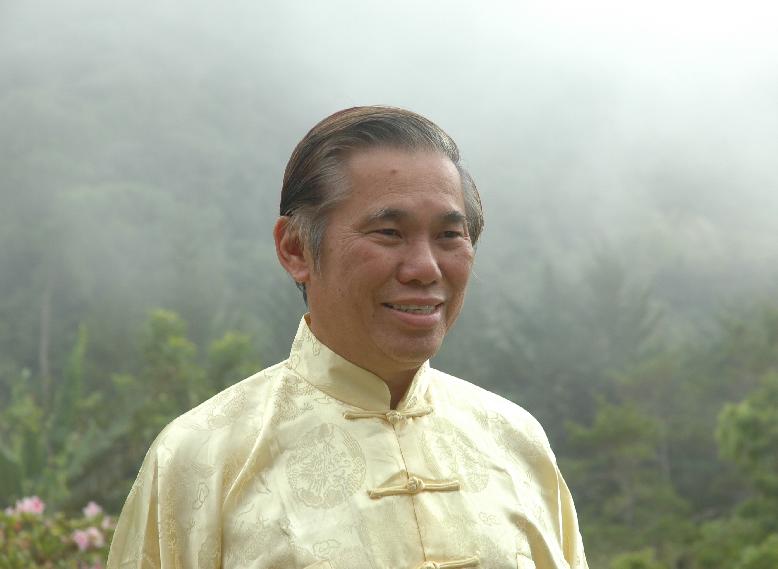
We are confident in our teaching and of the benefits that our teaching will bring because we ourselves have gone through the same process and have enjoyed the benefits. We have to inspire confidence into our students that they too can enjoy these benefits.
Click here to enter.
October 2010
October 2010 (Part 1)
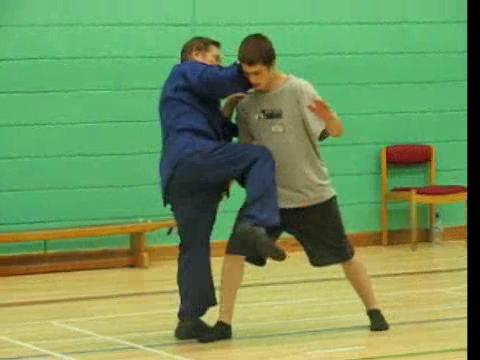
During fighting, or even friendly sparring, there is no time to think, unless the combatant is a master where in a moment of Zen, perception of time slows down for him. The thinking has been done by him earlier, or usually by his teacher or generations of masters before him. This prior thinking results in effective combat sequences. Hence, by practicing these combat sequences we prepare ourselves to react correctly and spontaneously when attacked.
Click here to enter.
October 2010 (Part 2)
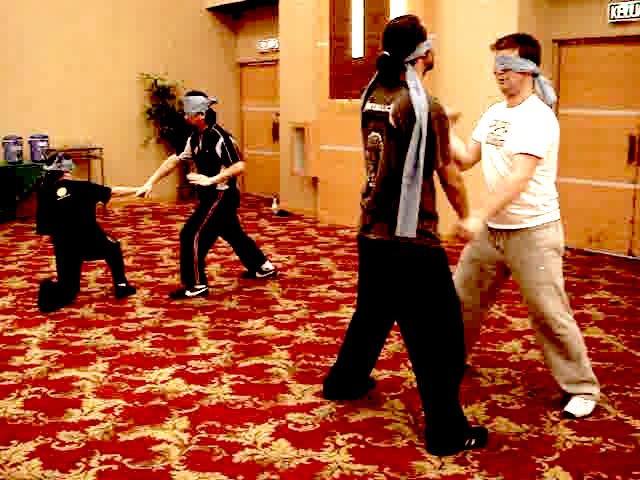
Force training can be classified into two main categories, namely basic force training and specialized force training. Another way is to classify force training into external force training and internal force training. These classifications are for convenience; sometimes it may not be easy to differentiate one type from another.
Click here to enter.
October 2010 (Part 3)
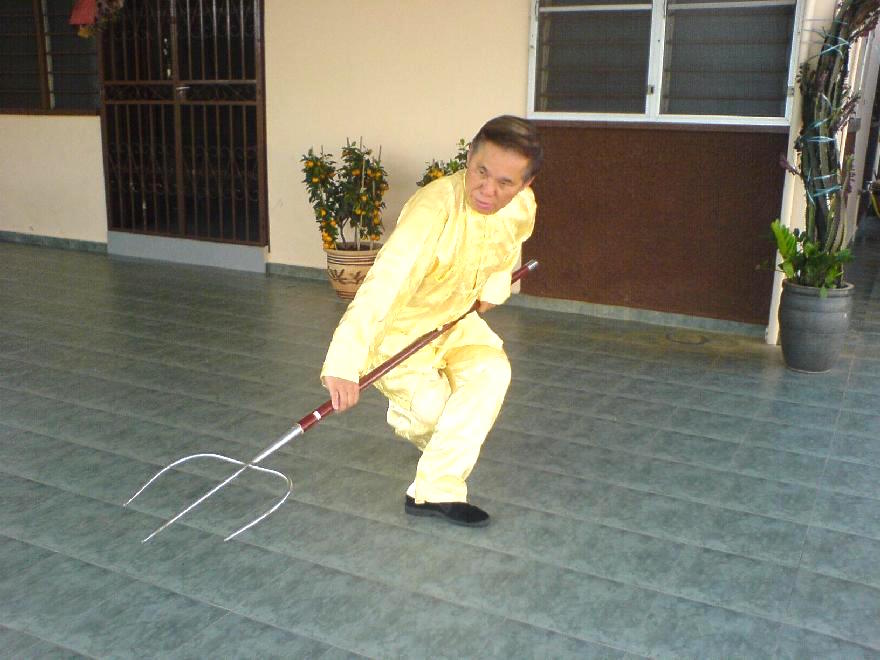
It is also not true that if an opponent uses a particular technique with his weapon to attack, you have to use a specific technique against his attack. If you are competent in your weapon, it can be used against any weapons, and you can have many effective counters against any one particular attack.
Click here to enter.
November 2010
November 2010 (Part 1)
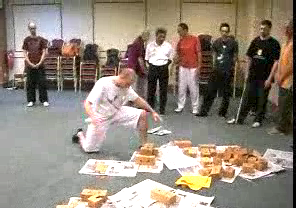
Without internal force which comes from chi, Taijiquan will be inadequate not only for combat but also for health. It degrades into a dance. Only those who have not practiced genuine Taijiquan, or who practice Taiji as a dance say that there is no internal power or energy cultivation in Taijiquan.
Click here to enter.
November 2010 (Part 2)
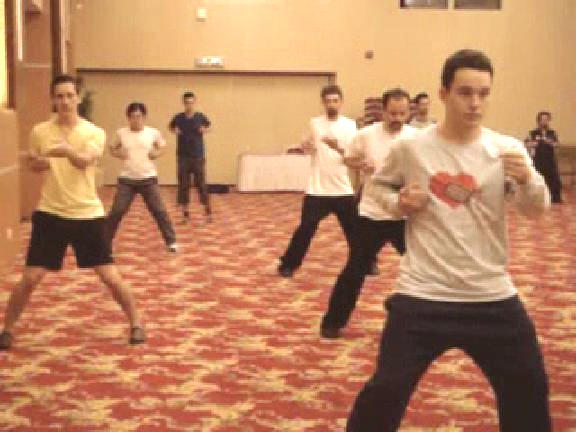
Finding a true master, or at least a competent teacher, is very important. Most students, however, ignore this important step. They think that all instructors are the same, which of course is not true. It is also not ture that all chi kung is the same. Failure to appreciate these two facts cause many students not only unable to gain benefits from their practice but also waste a lot of tiem, often im matters of years.
Click here to enter.
November 2010 (Part 3)
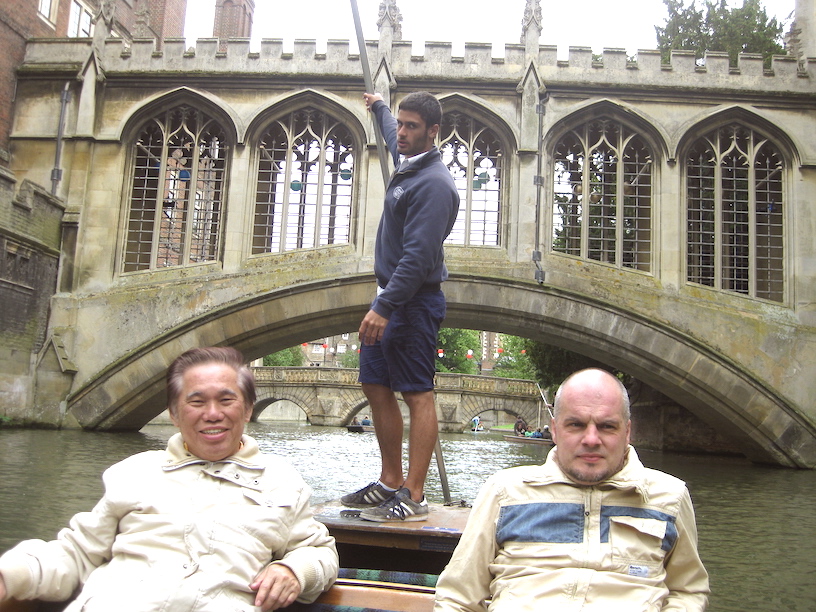
Practicing genuine chi kung works on the mind and spirit. A chi kung practitioner has more mental clarity and become peaceful and happy. Practicing physical exercise overworks the mind and spirit. After doing physical exercise a practitioner is mentally more tired and spiritually more stressful than before the exercise. He usually has to rest for some time, often called cooling down, before he returns to normal.
Click here to enter.
December 2010
December 2010 (Part 1)
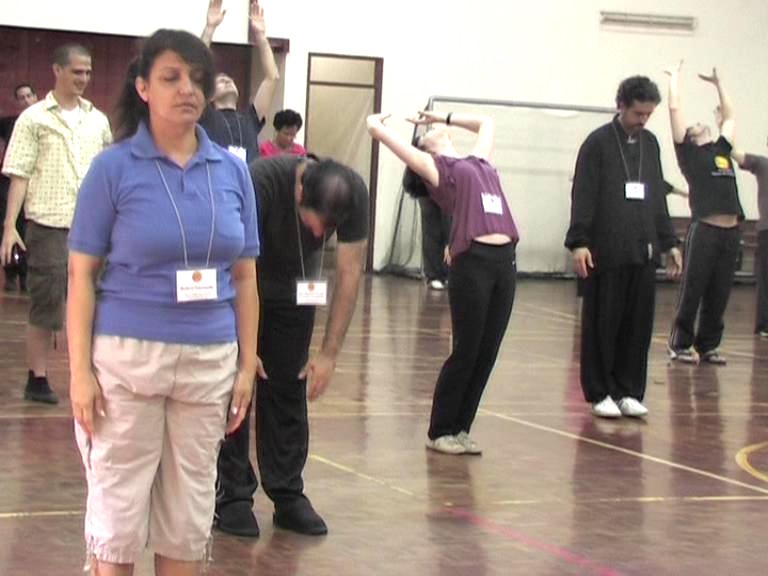
A mis-conception of many people is to think that to realize the energy component they must regulate their breathing, and to realize the mind component they must perform visualization. While regulating the breath and applying appropriate visualization are effective means to work on energy and on mind, they can also genuinely practice chi kung without having to regulate their breathing and to visualize.
Click here to enter.
December 2010 (Part 2)
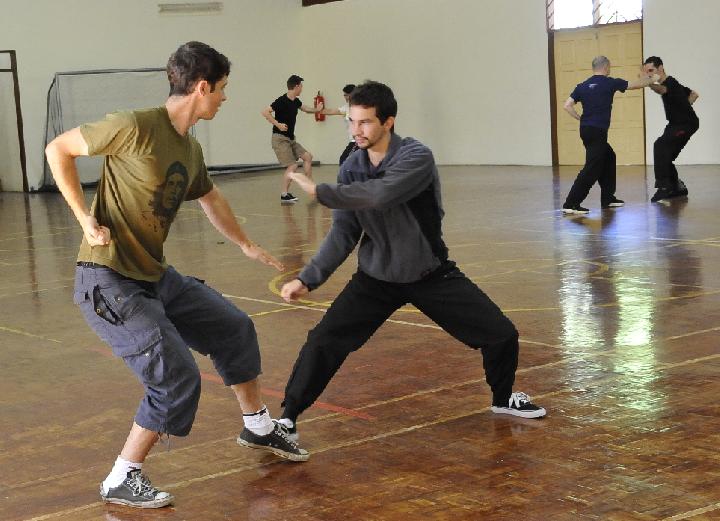
While good books and good videos are very helpful, the onus of chi kung, or any art, is practical experience. No matter how much and how well you have read books or watched videos about chi kung, you can enjoy its benefits only if you practice it correctly and consistently. In other words, no amount of reading books and watching videos on chi kung can make you healthy and full of vitality.
Click here to enter.
December 2010 (Part 3)
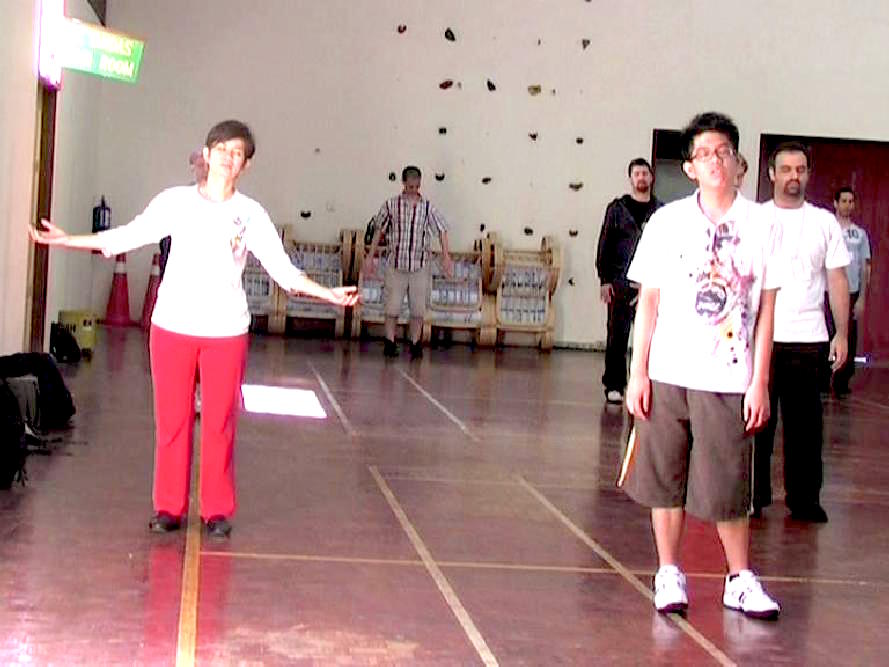
Let us take an example from Cosmic Shower. One important instruction is as follows. Open your bai-hui (which is a vital point at the crown of your head), and let good cosmic energy flow into you. Even when you understand this instruction very well, you will be unable to carry out this skill. You have to learn it personally from a master.
Click here to enter.
